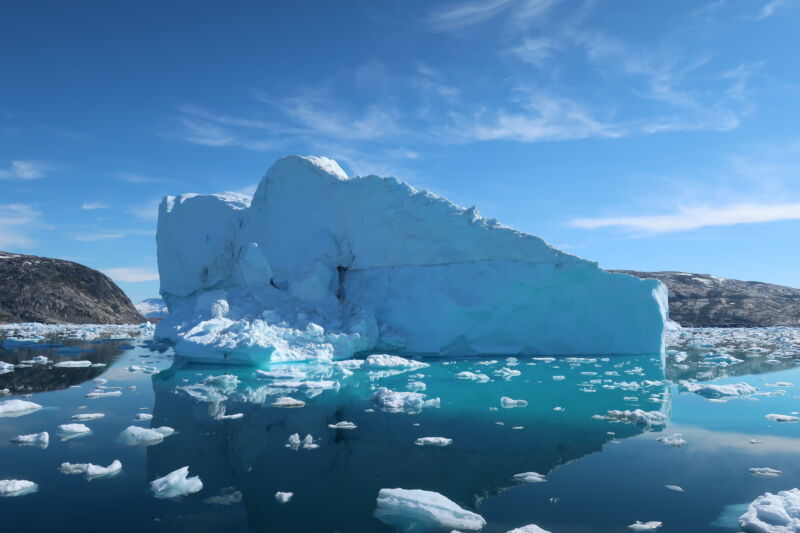
Enlarge (credit: Donald Slater)
A few years ago, an ice-sheet model grabbed attention when it projected much faster losses of Antarctic ice and, subsequently, faster sea level rise. Understanding how quickly Antarctica dumps ice into the ocean is the biggest issue in sea level science—the current range of possibilities is huge and includes remarkable rates of sea level rise that continue for centuries once started. And those sorts of possibilities have huge implications for societies around the globe.
The ice-sheet model that produced disturbing projections included new physical processes in its equations—they were obviously impactful, but their significance in the real world remains uncertain. Later research cast doubt on its most extreme scenarios, but the Antarctic crystal ball hasn’t gotten a lot clearer.
A pair of new studies published in Nature this week mark a new state of the art in ice modeling. Big questions about what we can expect are still there, and so planning for future sea level rise is still very much a matter of weighing risk under uncertainty.




